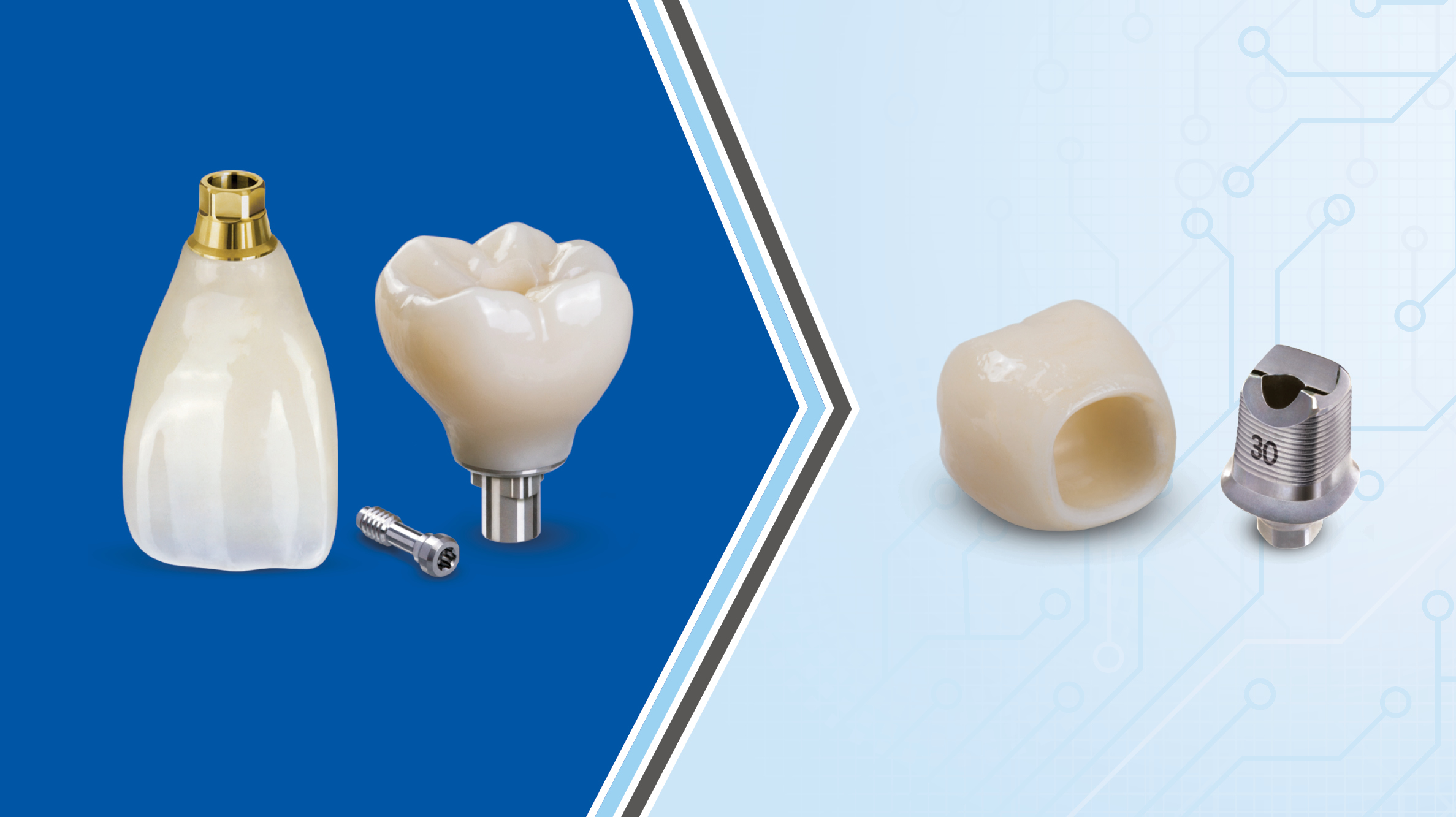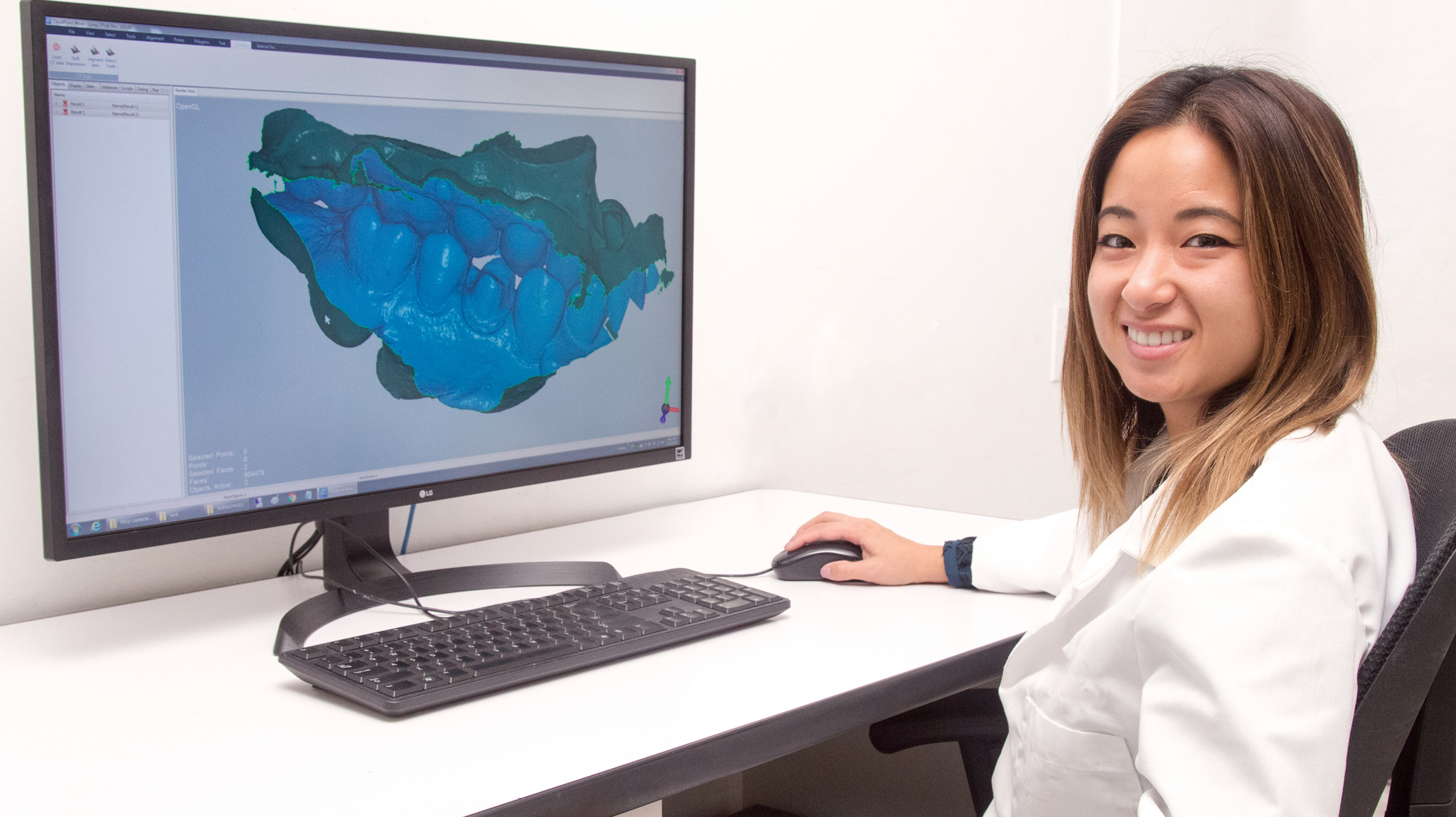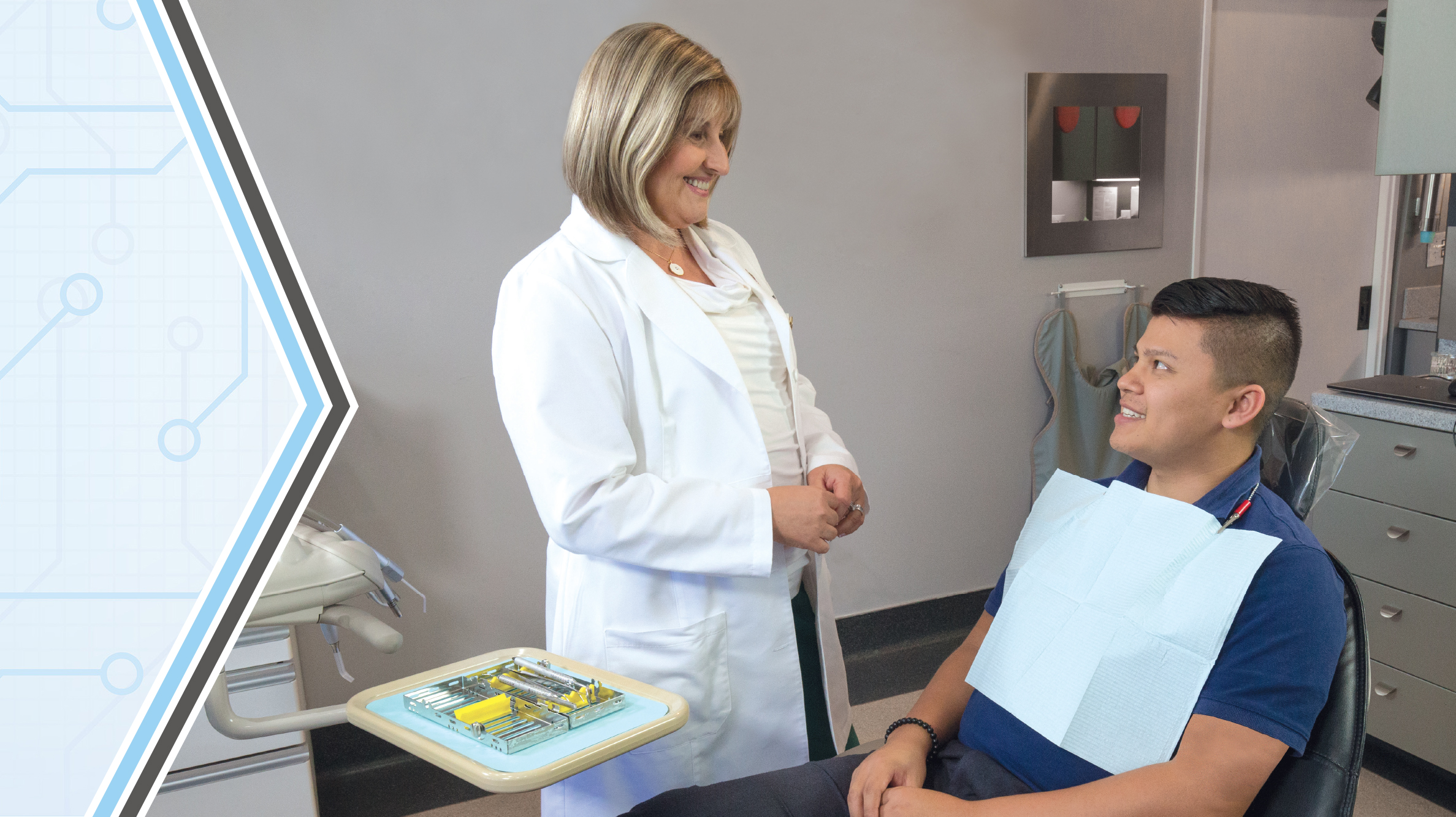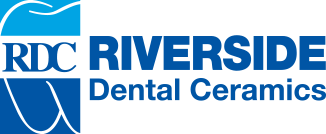As the second-largest implant lab in California, our customer support team frequently receives questions from dentists concerning which type of restoration best suits their implant case. While screw retention is increasingly favored among many clinicians due to ease of delivery, clinical circumstances warrant consideration of either option, both of which enable a predictable, esthetic outcome for your patients thanks to the precision of dental CAD/CAM technology and the beauty of today’s restorative materials.
Which does your lab receive more prescriptions for — screw-retained or cementable implant restorations?
Although cementable implant crowns were more popular a decade ago, the majority of the implant cases we receive these days are for screw-retained crowns. We frequently hear that our customers prefer a screw-retained solution to avoid the mess and potential complications presented by residual cement left at the implant site. That being said, we still produce a high volume of cementable implant crowns, which are typically prescribed over a CAD/CAM custom abutment to simplify the cleanup of any excess cement.
Why would a doctor choose to prescribe a cementable implant crown when screw-retained restorations are so much easier to deliver?
In some cases, the position and angulation of the implant does not allow for a screw-retained restoration because the screw-access channel would exit through the facial or buccal surface of the tooth. To provide a screw-retained restoration, the implant must be positioned to allow for a screw-access hole situated behind the incisal edge of the crown or within the central fossa. If this position is not achieved, a custom abutment is needed to correct for the angulation of the implant. Also, we hear from some doctors who prefer cementable crowns because the delivery method is similar to delivering a restoration over a prepared natural tooth, which is a method they are more comfortable with.
Are there other advantages to screw retention besides ease of delivery?
As mentioned above, screw-retained crowns avoid any concerns with residual cement at the implant site. They are also much easier to retrieve should the implant site need to be accessed for maintenance. Additionally, screw-retained restorations require less interocclusal space, so the anatomy of some patients may necessitate screw retention.
What about cementable implant crowns? Do they offer any advantages?
The primary benefit of a cementable implant crown is that it offers flexibility with regard to the positioning of the implant. Some patients lack the bone anatomy to position the implant correctly for a screw-retained restoration, which makes a custom abutment with an implant crown the ideal restorative solution. Additionally, some patients have complained about the discoloration that can occur at the screw-access hole, and although uncommon, the screw-access hole can cause some issues with occlusal function that require correction.





